Machine tool coolant fluid contaminated with tramp oil can cause problems. For instance, contamination reduces fluid life and deteriorates the quality of machined parts. As the problem worsens, the tramp oil accelerates bacterial growth, and the cutting fluid eventually produces a rotten-egg odor. Besides the odor, bacteria-contaminated coolant can more serious issues such as dermatitis.
The Solution: Oil Skimmers
However, there is solution. Oil skimmers remove contamination. They are inexpensive, highly dependable, and typically pay for themselves within a few months. Although designs vary, most use moving media and rely on differences in specific gravity and surface tension between oil, water, and the skimmer medium.
Different Kinds of Oil Skimmer Media
Skimmer media comes in various shapes, and the most common are belts, disks, or tubes. As the medium moves through the cutting fluid, it picks up non-emulsified oil, which subsequently enters a removal section of the skimmer. Wiper blades or pinch rollers remove oil from the medium and routes it into a container for reclamation or disposal.
More advice: Oil Skimmer Motor
Selecting the proper style oil skimmer not only controls coolant contamination but also provides a clean, safe work environment. It’s also important to make sure the skimmer motor is robust enough to handle the intended application.
Skimmer motor housings, no matter what type of skimmer, should completely enclose the wiring and be tightly secured. Loose fitting housings with weak fastening may come off unintentionally, exposing wiring and increasing the risk of electrical shock. The housing should also be well ventilated so the motor does not overheat.
Shops also need to check motor specs, making sure the system is rated for continuous service. To shave costs, some manufacturers opt for intermittent-duty motors. Using this type of motor for more than two or three hours a day generally causes overheating.
Additionally, keep in mind that skimmed oil and water inevitably get on the motor shaft. So, it is important that the motor’s seals effectively prevent unwanted fluids from migrating along the shaft and contaminating the bearings.
To learn more about oil skimmers, please contact our experts at 440-543-7400 or visit our website: www.abanaki.com
In this video, you will see how do different sizes Abanaki oil skimmers work with different media types.



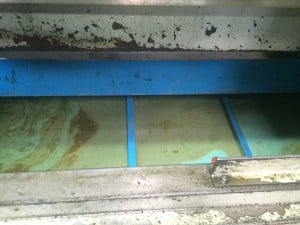




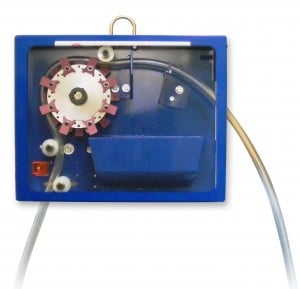

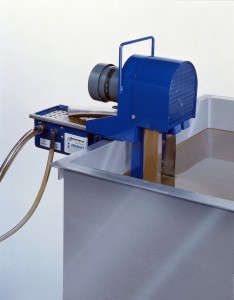


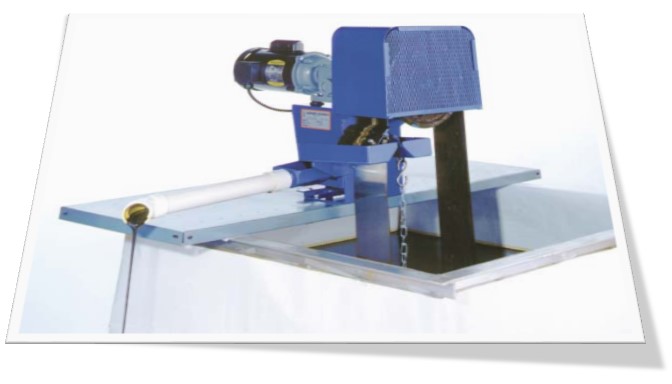

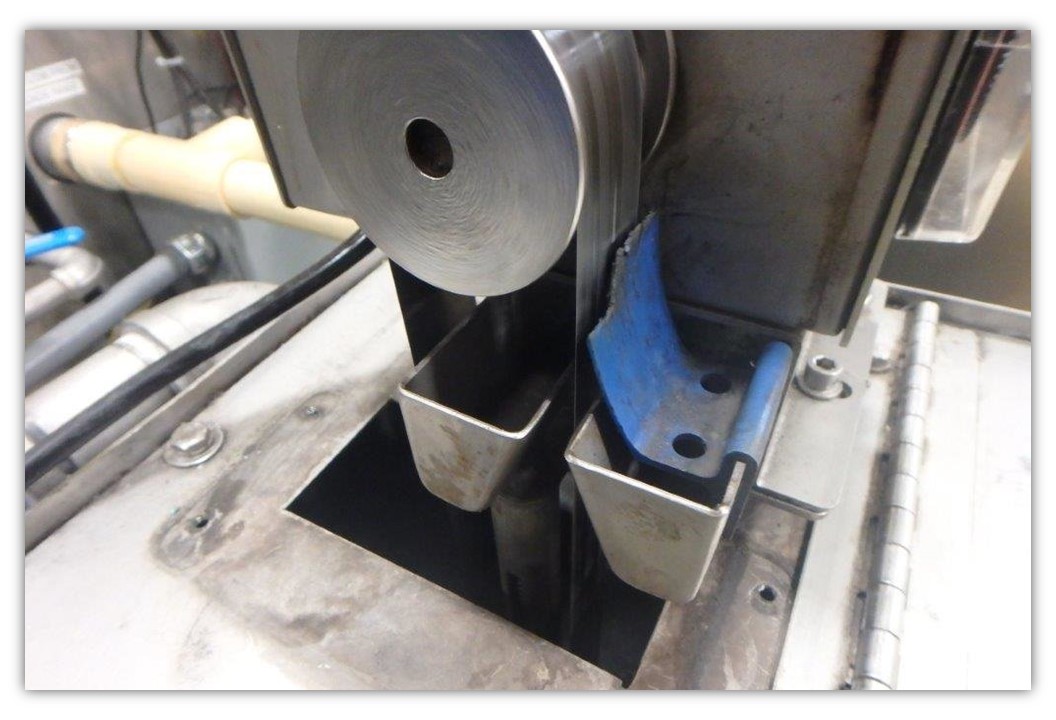

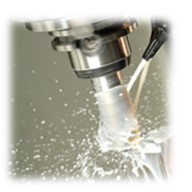 When
When 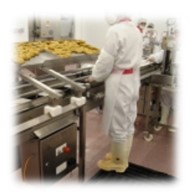
 Where floating oils are present, oil skimmers provide inexpensive and effective removal, solving a serious
Where floating oils are present, oil skimmers provide inexpensive and effective removal, solving a serious 
